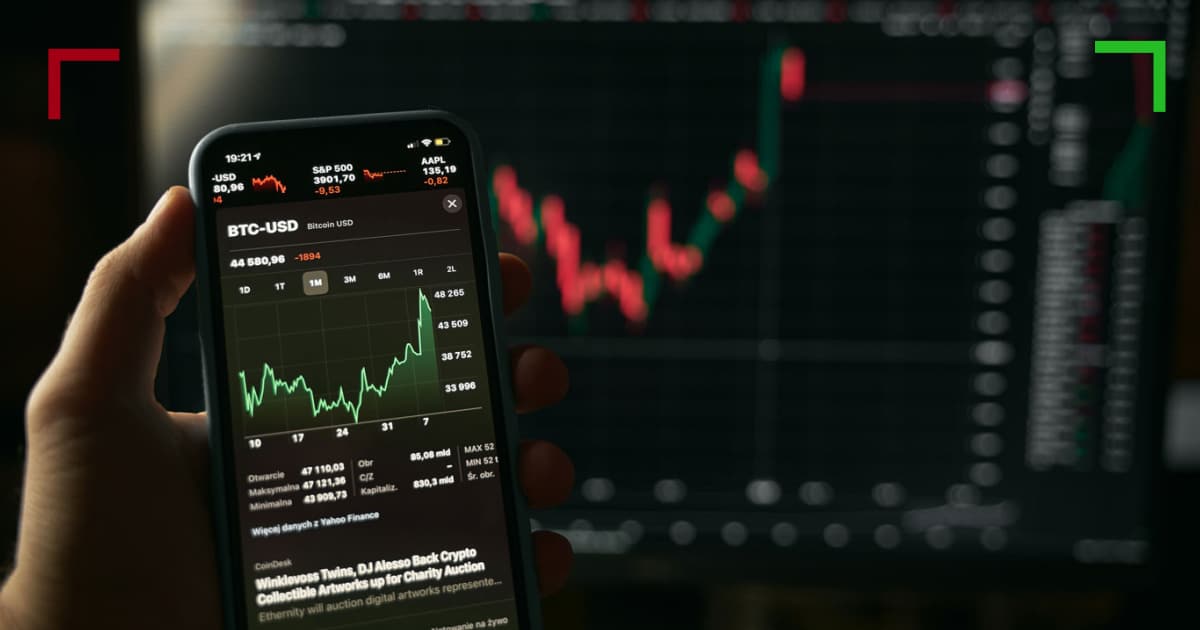Exploring the Future of Crypto Trading Platforms

Understanding Crypto Trading Platforms
The rise of cryptocurrencies has reshaped the financial landscape, giving birth to platforms that allow individuals to trade digital assets with unprecedented ease and accessibility. Among these platforms, Crypto Trading Platforms https://www.tantukari.com/index.php/2024/12/09/exness-mt5-for-your-mac-computer-stats-these-numbers-are-real/ have become pivotal in the development of the cryptocurrency market, offering services that range from simple buying and selling to complex trading tools and analytics.
The Growth of Crypto Trading Platforms
Since Bitcoin’s inception in 2009, the cryptocurrency market has experienced exponential growth. Initially dominated by a few exchanges, the market has expanded to encompass a wide array of trading platforms, each catering to different segments of traders—from novices to experienced professionals. The evolution of these platforms has been driven by various factors, including increased demand for cryptocurrencies, technological advancements, and regulatory changes.
Types of Crypto Trading Platforms
Crypto trading platforms can generally be categorized into three main types:
- Cex (Centralized Exchanges): These are traditional exchanges that act as intermediaries between buyers and sellers. They typically offer advanced features, high liquidity, and enhanced security. Examples include Binance, Coinbase, and Kraken.
- Decentralized Exchanges (DEX): Unlike centralized exchanges, DEXs allow users to trade directly with one another without the need for an intermediary. This model enhances privacy and security, though it may come with lower liquidity and higher complexity for users. Examples include Uniswap, SushiSwap, and PancakeSwap.
- Hybrid Exchanges: These platforms aim to combine the benefits of both centralized and decentralized exchanges. They often provide a user-friendly interface alongside enhanced security and privacy features.

Key Features to Look for in Crypto Trading Platforms
When evaluating crypto trading platforms, traders should consider several critical features:
- Security: Given the prevalence of hacks and scams in the crypto space, it is vital to choose platforms that prioritize security. Look for features such as two-factor authentication, cold storage for funds, and regular security audits.
- User Experience: A platform should offer an intuitive interface that caters to both beginners and experienced traders. Ease of navigation, responsive design, and comprehensive support resources are key.
- Fees: Different platforms have varying fee structures, including trading fees, withdrawal fees, and deposit fees. It’s essential to understand these costs to accurately assess your potential profits.
- Liquidity: High liquidity ensures that trades can be executed quickly without significantly affecting the asset’s price. Look for platforms with sizeable daily trading volumes.
- Customer Support: Reliable customer service is paramount, particularly for troubleshooting issues or addressing concerns. Platforms that offer 24/7 support methods such as chat, email, and phone support can enhance user satisfaction.
Strategies for Successful Crypto Trading
Understanding how to trade effectively on these platforms is essential for maximizing returns. Here are several strategies:
- Day Trading: This strategy involves buying and selling assets within the same day to capitalize on short-term price fluctuations. It requires constant monitoring of market trends and news.
- HODLing: A popular strategy among long-term investors, HODLing involves buying cryptocurrencies and holding them for an extended period, regardless of price volatility.
- Swing Trading: This strategy involves holding assets for a few days or weeks to take advantage of gas price swings. It is less time-intensive than day trading and can still yield substantial returns.
- Scalping: Scalping is a high-frequency trading strategy that involves making numerous small profits over a day by exploiting tiny price changes.
The Role of Regulation in Crypto Trading Platforms
The regulatory environment surrounding cryptocurrencies is evolving rapidly. Governments worldwide are establishing frameworks to regulate crypto trading to protect investors and ensure market integrity. A regulated trading platform enhances trust and security, making it crucial for users to be aware of the legal implications of trading on various platforms.
Future Trends in Crypto Trading Platforms
As the cryptocurrency landscape continues to evolve, so too will the platforms that facilitate trading. Several trends are likely to shape the future:
- Integration of AI and Machine Learning: Advanced algorithms can provide traders with predictive insights, optimizing trading strategies and reducing emotional decision-making.
- Increased Use of DeFi Platforms: Decentralized Finance is gaining traction, and many trading platforms are incorporating DeFi features, allowing users to engage in liquidity mining, staking, and yield farming.
- Enhanced Security Measures: With crypto hacks on the rise, platforms will likely invest more in innovative security solutions like multi-signature wallets and biometric authentication.
- Global Expansion: As cryptocurrencies gain acceptance, trading platforms will look towards expanding their services globally, entering emerging markets with tailored offerings.
Conclusion
Crypto trading platforms have transformed how individuals invest and trade in digital assets. As the ecosystem continues to mature, these platforms will likely play an even more significant role in the future of finance, offering tools and features that empower users to navigate the complex world of cryptocurrencies. Understanding the types of platforms, their features, and trading strategies is essential for anyone looking to venture into this exciting market.

